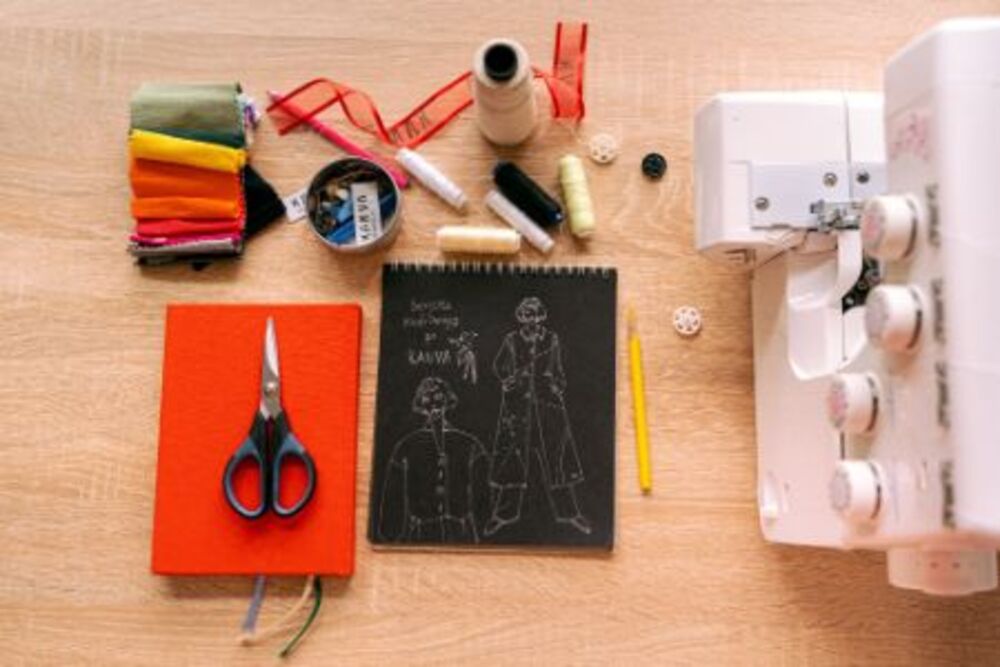There are many embroidery machines to choose from. The machine you choose will depend on the size of the job you plan to do, but there are a few things you should consider before purchasing.
Multi-needle machines are the only machines that will do a good job with embroidering hats
Multi-needle sewing machines are the best if you’re looking to make hats. They are able to embroider larger designs and more colors than single-needle models. This means that they’re ideal for embroidery businesses.
One of the main reasons for using a multi-needle the best embroidery machine for beginners is the increased speed. The smaller the needles are, the more time you will spend changing threads. In fact, you can often run higher speeds on heavier items.
Another reason is that a single-needle machine doesn’t offer the same level of customization. Multi-needle models allow you to have multiple types of needles that are pre-set for your specific needs.
Multi-needle machines are easier to use than single-needle machines. This is especially true if you’re a novice.
Multi-needle embroidery machines can be durable and are easy to use
A multi-needle embroidery machine is the best option if you are looking to buy one. These machines are easy to use and they come with numerous features that help save time.
A multi-needle machine has several needles at its head, which means you can embroider more colours and designs with less thread changes. You can finish projects in less time because the stitching speed is faster.
Compared to single-needle models, multi-needle embroidery machines are more precise. They have larger embroidery areas that make it possible to embroider complex designs and fabrics.
Embroidery requires patience, skill and talent. However, the right embroidery machine will make a novice look like an expert.
Multi-needle embroidery machines can be easier to use than their single-needle counterparts. Support groups and videos for beginners are available free of charge.
Backing is available in black and white
There are several things you should consider when selecting an embroidery machine. These include the size of the design, the fabric type and the stitch count. These factors can have an impact on the choice of backing.
An embroidery backer is a non-woven product that is affixed to the back of your garment. This provides a smooth surface for the thread to work on, while also helping to fuse it to the fabric.
There are many colors available for backings. White is the most common. You can either buy pre-cut sheets in packs of 100 to 20 sheets or a roll.
Another popular type of backing is the no-show backing. It is a special type of backing that can be removed from the fabric with water.
Embroidery needles have a specially designed scarf
You will need to determine the type of needle that you need before you buy an embroidery machine. This will help you choose the right size, and it will also ensure that your design runs smoothly.
Embroidery needles are made with different features that allow them to perform well for the specific application. The size, shape and point of the needle also play a major role in how your design will look. Choosing the correct needle can reduce breakage, making your embroidery design easier and less time-consuming.
There are generally three types of points. They include the universal, sharp and ballpoint. Each point is made for a specific embroidery project.
A metallic thread compatible needle, for example, has a fine shaft and a longer eye to prevent the thread breaking. These are great for applique and quilting.
Embroidery needles have a universal point
There are many types of embroidery needles. There are many types of embroidery needles. Understanding the anatomy of each type can help you choose the best one for your embroidery project.
The basic principle of embroidery machine needles, is that the thread must pass through the needle and through the fabric. The needle must be sized correctly to match the fabric. These needles are usually made of titanium or chrome-plated steel. They are more hygienic and will last longer.
There are three sizes of embroidery needles. They come in sizes ranging from 70 to 110mm. The stitch density, the fabric and the stabilizer all affect the size. A thinner needle works better on thin threads, whereas a larger needle will work on heavier materials.
